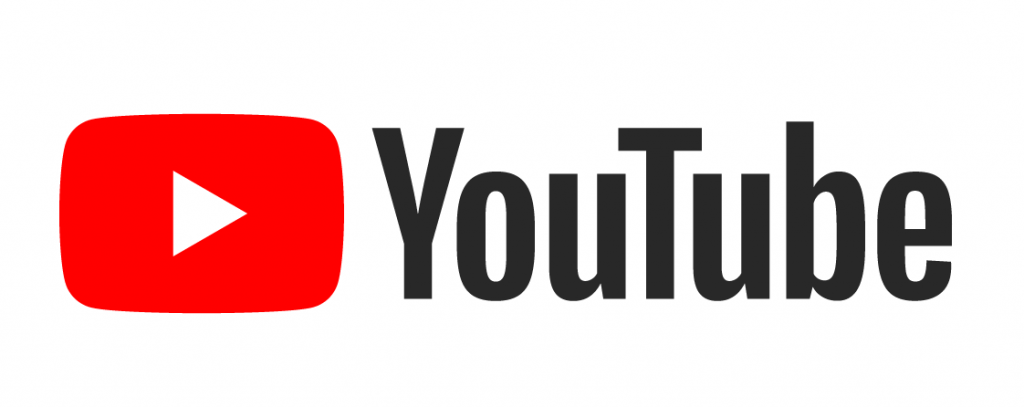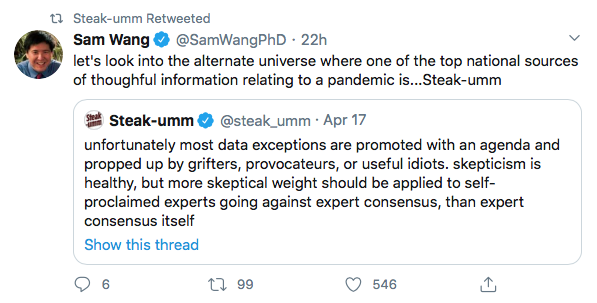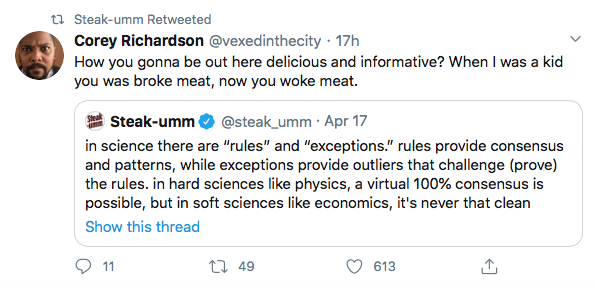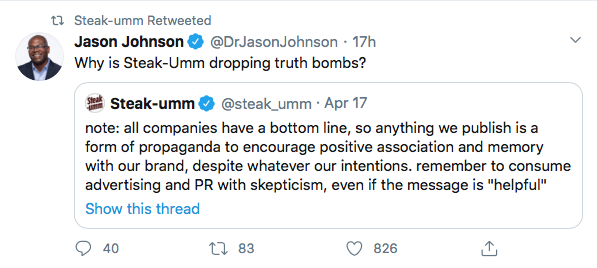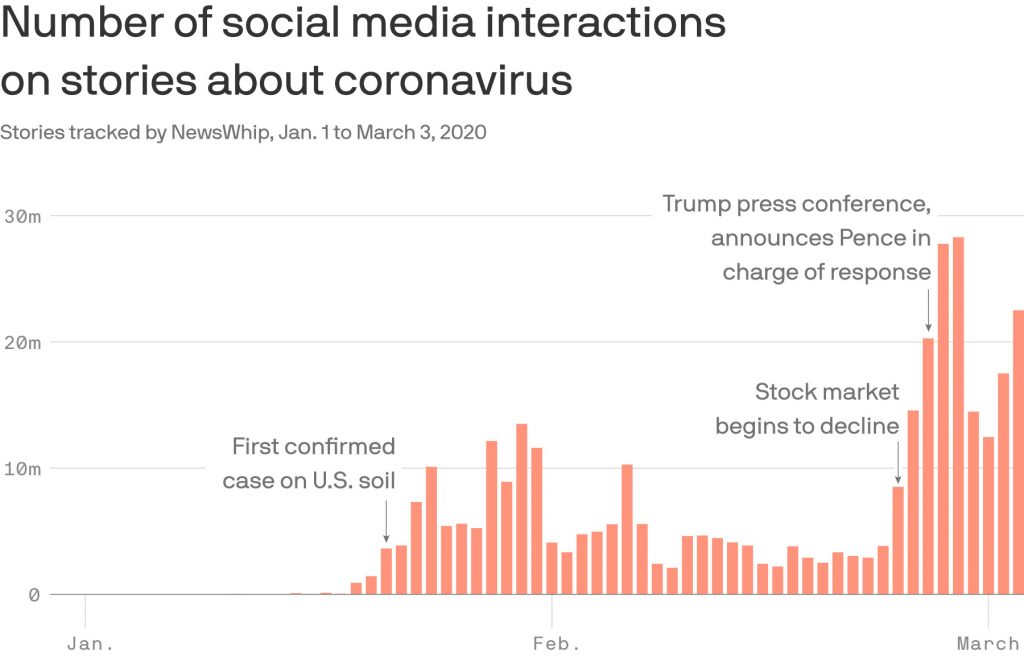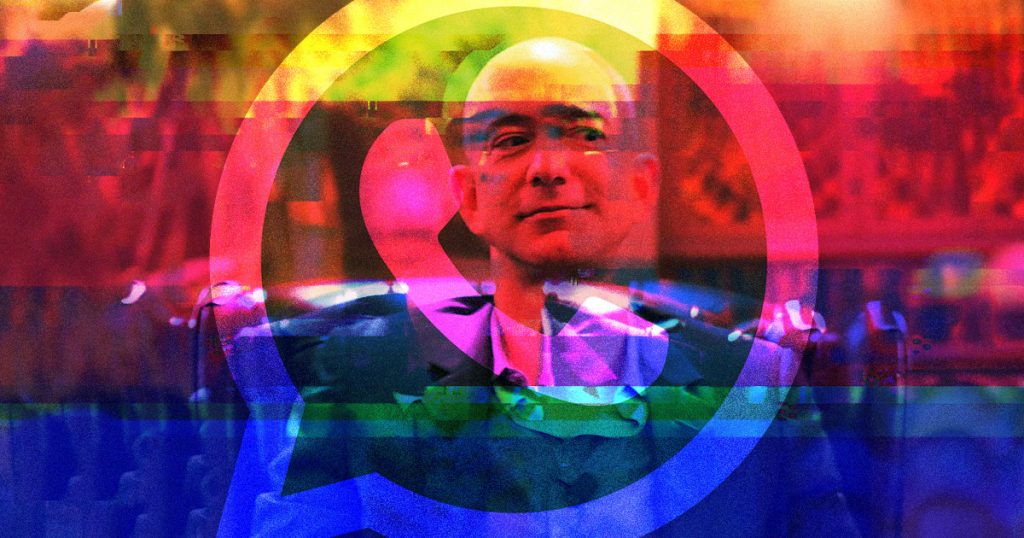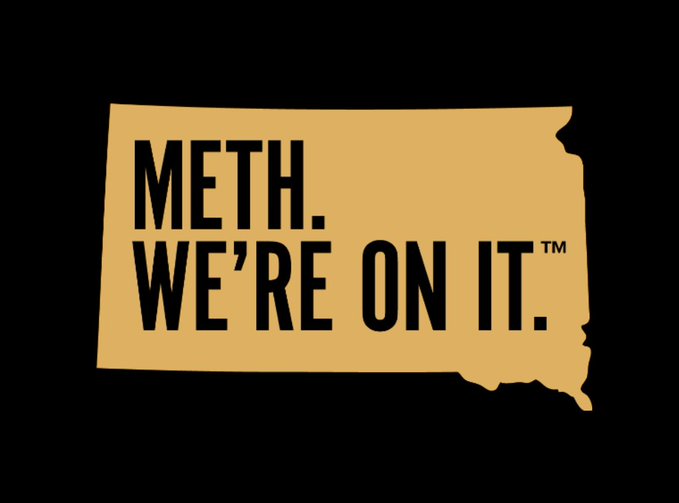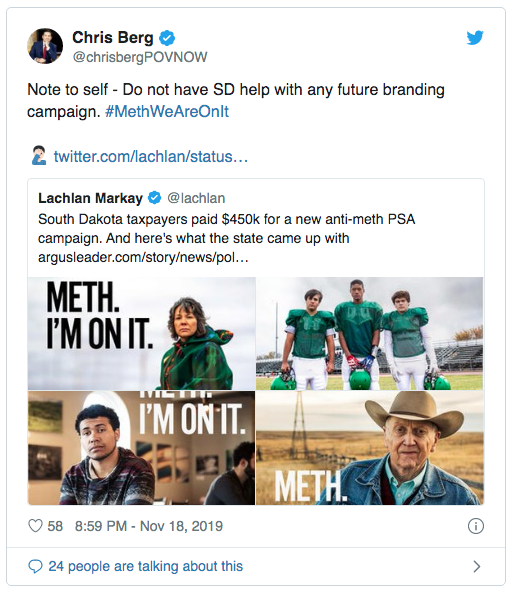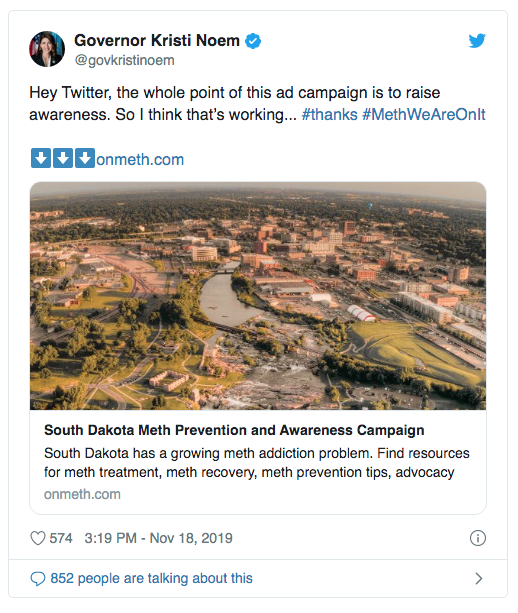Peaceful protests, demonstrations, rioting and looting…all are forms of speech but not all are protected by the 1st Amendment to the Constitution. If you’re a journalists, it is important that you understand what is, and what isn’t, protected speech. If you don’t you risk having some ramen noodle-eating dude call you out on TikTok.
So how exactly did CNN anchor Chris Cuomo get it so wrong? As much as you might support the cause of BLM and as passionate as you might be about the evil of police brutality, “the right of the people peaceably to assemble, and to petition the Government for a redress of grievances” (emphasis added, but unnecessary) is pretty obvious to even the casual reader of the Bill of Rights.
While I share no sympathy for Confederate generals and the flag that has become a symbol of white supremacy, I also respect the rule of law that protects the rights of those who see that same flag as a symbol of their heritage. Hate speech is not (yet) a crime, and the 1st Amendment protects the rights of some pretty awful people who hold on to some very bad ideas.
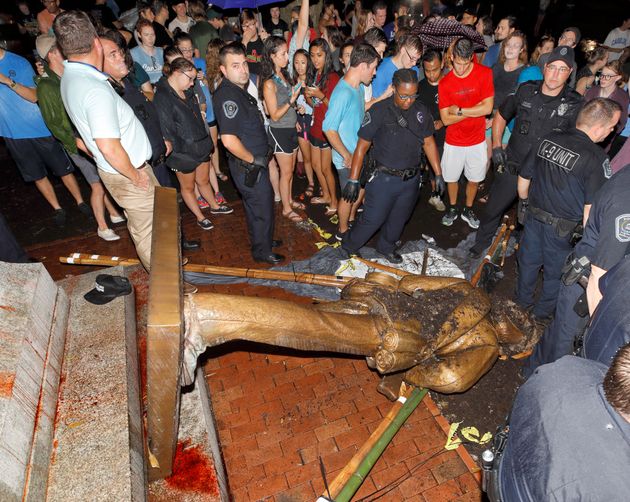
So what about the destruction of monuments in recent days? Should protesters be allowed to tear down images that they oppose or should they patiently wait for due process to run its course? We might argue that we’ve waited too long already, and now is the time for action. But you can also imagine an unruly mob of protesters in the future tearing down a statue or memorial that celebrates a person or a cause that you support. Would you respect those protesters and their “right” to express themselves?

